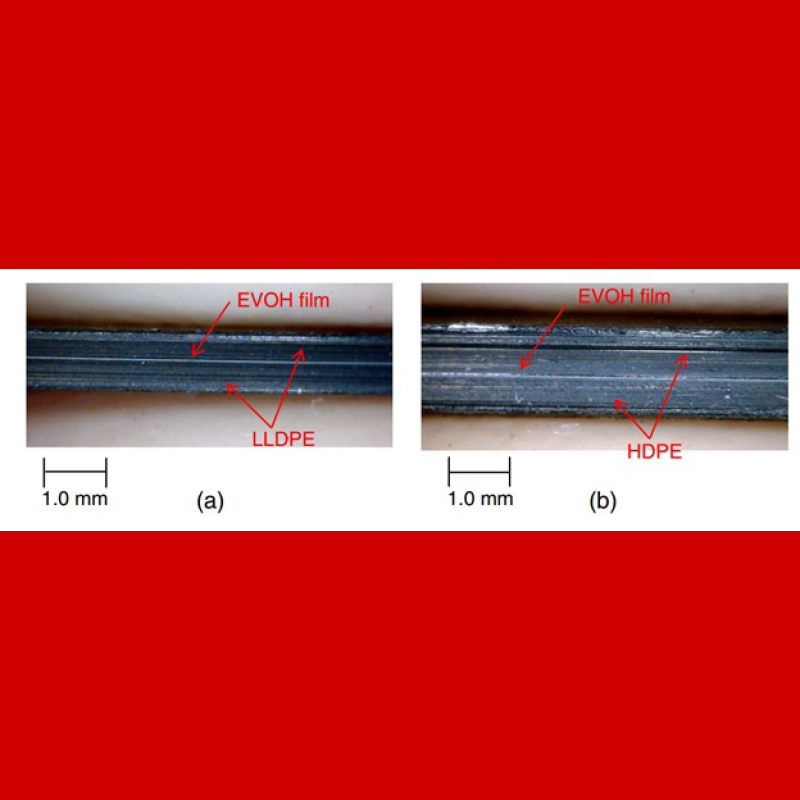Calendar Icon
Jun 29, 2018
Person Bust Icon
By Keith McGuffey
![]() RSS
Submit a Story
RSS
Submit a Story

Dr. Jongwan Eun, assistant professor in the Department of Civil Engineering and Dr. Yunwoo Nam, associate professor of Community and Regional Planning, are working to reduce gas emissions of working landfills.
Interim covers are placed over portions of landfills as they become full. These covers help to reduce gas emission out of - and water penetration into - the landfill. Traditionally, a simple polyethylene (PE) geomembrane or soil is used. Eun is testing the addition of a coextruded Ethylene Vinyl-alcohol (EVOH) membrane sandwiched between two traditional PE layers.
“The polyethylene cover does a good job of reducing gas emissions with a similar polarity, but is porous enough to let non-polar gasses through,” said Eun. “The coextruded geomembrane consisting of inner EVOH and outer PE layers is able to repel low or non-polar contaminants as well as polar gases.”
This project is to prove the effectiveness of EVOH geomembranes at containing landfill gases. In lab settings, covers containing EVOH are much more effective at containing gasses than materials typically used for interim covers, such as sand and clay.
Eun is hopeful that the EVOH covers will improve air quality and quality of life for populations residing near landfills.
“The Sarpy County Landfill recently closed due to odor,” said Eun. “In Ohio, Rumpke Landfill’s odor complaints fell significantly after installing a final EVOH cover when the landfill closed. We’re hoping to replicate that result using the EVOH cover while the landfill is still in use.”
Local landfills are being sought as test sites. Once installed, Eun’s team will place gas flux chambers over the cover to test the air for released gasses and evaluate the environmental impact of the cover.
The research is funded by a grant from the Nebraska Environmental Trust. The Nebraska Legislature created the Nebraska Environmental Trust in 1992. Using revenue from the Nebraska Lottery, the Trust has provided over $289 million in grants to over 2,000 projects across the state.
Submit a Story
